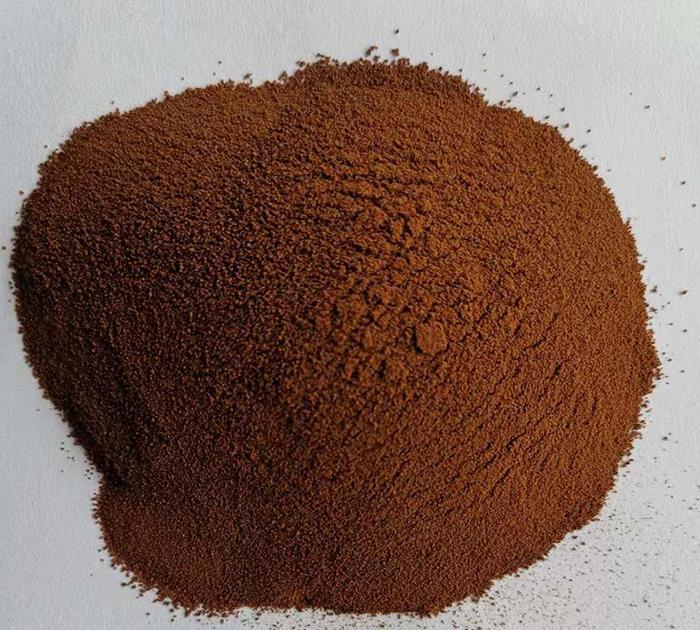
2021-01-05
Humic acid (mineral source) is a non-stereotyped polymer formed by plant residues after tens of millions of years or even hundreds of millions of years of decomposition, microbial decomposition, and a series of physical and chemical actions on the earth. It is a polymer of natural organic polymer compounds. Potassium humate can adsorb, exchange and activate many mineral elements in the soil, such as phosphorus, calcium, magnesium, etc., so that the effectiveness of these elements is greatly improved, thereby improving the nutritional status of crops.
In the process of plant growth, if there is a lack of trace elements, it will lead to some morbidity in the plant, which will cause some malnutrition, which is unfavorable to the growth and development of the plant, and can cause death in severe cases. The use of potassium fulvic acid fertilizer can timely Supplement the required trace elements for plants and effectively improve the growth of plants.

Potassium fulvic acid can well consolidate the nutrition of plants. When we grow plants, sometimes due to special circumstances, plants cannot fully absorb nutrients from the soil, resulting in plants in a state of malnutrition. By using fulvic acid Potassium can activate nutrients in the soil, help plants to consolidate and absorb nutrients, thereby improving the phenomenon of plant malnutrition.
The following mainly analyzes the difference between potassium fulvic acid and biochemical potassium fulvic acid.
Mineral-source fulvic acid is the animal and plant residues (lignite, weathered coal, peat) transformed by soil microorganisms after tens of millions of years. Biochemical fulvic acid is the waste water from alcohol waste liquid or yeast production by using molasses Concentrated and spray-dried, this fulvic acid is extremely hygroscopic and has a sugary smell.
The main components of biochemical potassium humate are polysaccharides, lignin, protein, and less functional groups. However, potassium fulvic acid contains a large number of functional groups such as hydroxyl, phenol, and carboxyl groups, and the utilization rate is high.
In terms of function: mineral potassium fulvic acid has the function of adjusting soil pH and is a natural chelating agent, which can chelate with metal ions, reduce nutrient loss or solidification, and promote direct absorption by plants; Aluminosilicate inorganic minerals (phosphorus and potassium) form soluble nutrients, which are directly used by plants. However, biochemical fulvic acid also has the effect of adjusting acid and transforming soil and promoting root growth, but its persistence is not strong and the effect is poor.